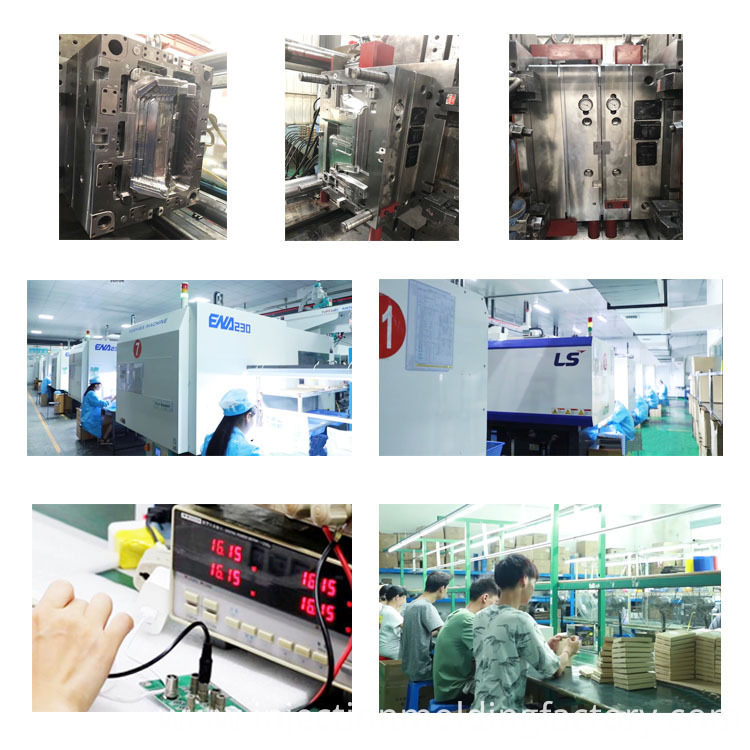Insulation cars (also called refrigerated cars) are special vehicles that transport perishable goods such as fish, meat, fresh fruit, and vegetables. These goods need to be protected during the delivery process
With certain temperature, humidity, and ventilation conditions, the body of the insulated car is equipped with heat-insulating material, and a cooling device, a heating device, and a measuring device are provided in the car.
The temperature device and ventilation device have three properties of cooling, heat preservation and warming. The external surface of the insulated car is painted in silver grey for sunny reflections.
Reduce radiant heat. China's self-produced insulation car has two major categories, namely, refrigerator insulation car and mechanical insulation car.
Refrigerator insulation car can be divided into two types of car refrigerator and roof refrigerator, the difference between the two kinds of heating car is the refrigerator setting position and the car space
The direction of gas circulation is different. Mechanical insulation cars are divided according to the structure. There are single-section mechanical insulation cars and mechanical insulation cars (including cold cargo cars and machine cold power generation
car). According to the power supply and refrigeration methods, mechanical insulation cars can be further divided into three categories: 1. Centralized power supply and centralized refrigeration vehicle groups - full train power generation
Centralized power supply for vehicles, centralized refrigeration for refrigerated trucks, ammonia as a refrigerant, brine as a refrigerant; 2 centralized power supply, individually cooled trucks-
Tram centralized power supply, refrigeration equipment for each machine is equipped with refrigeration equipment alone cooling, using Freon as a refrigerant, forced air circulation; 3, single section
Mechanical Insulation Cars - Each car is equipped with power generation and cooling equipment that can be used to generate electricity and cooling independently, or it can use a centralized power supply. in
National railway insulation car models are: refrigerator-type insulation car B11, B14, B16, B17 and mechanical insulation cars B18, B19, B21, B23 and so on.
The B23 five-section mechanical warm-keeping vehicle consist of one cold-powered car and four cold-cargo cars. The advantages of mechanical warming car compared to refrigerator warm car are
:
——The entire vehicle can evenly maintain the specified temperature and humidity, and it is easier to adjust and control. It can fully guarantee the quality of cargo transportation.
——No ice and ice preparation are needed during operation to save funds, accelerate vehicle turnover, and reduce transportation costs;
- It can guarantee the safe delivery of goods without being limited by the length of the transportation route and the time limit of the vehicles in transit.
The BSY four-section frozen plate warmer is a new type of special vehicle for the transport of perishable goods. It consists of three cargo vehicles and a caravan.
Room consisting of cars. The car group uses the ground cooling equipment to cool and give the container that holds the coolant on the top of the car (ie, the frozen plate) to be “coldâ€, so it is called frozen.
Board insulation car. Each freight car has 14 freezers. When the temperature inside the car stays below -180°C, it can run continuously for 100 hours. There is also a tune on the car
Warm plate, the car temperature can be adjusted within the range of -12 °C ~ +5 °C.
Want to know more about the function and configuration of refrigerator car please consult: 13409656457
Car URL:
The selection of product development should consider the following factors:
1. The market potential of the product
2. Market competitiveness Comprehensively consider the market capacity, whether the products designed and developed can have a competitive advantage, consider the market's competitive weaknesses, and select products that are conducive to the use of the company's core technological advantages for design and development
3. Consider the material, craftsmanship, convenience, economy and environmental protection of the product developed and designed
4. Distribution capabilities, sales channels, and market service capabilities
5. National policies, laws and regulations, etc.

Custom Injection Mold,Custom Plastic Mold,Plastic Part Product Development,Custom Silicone Molds
Sung Precision Mould & Plastic Co., Ltd. , https://www.dginjectionmolding.com